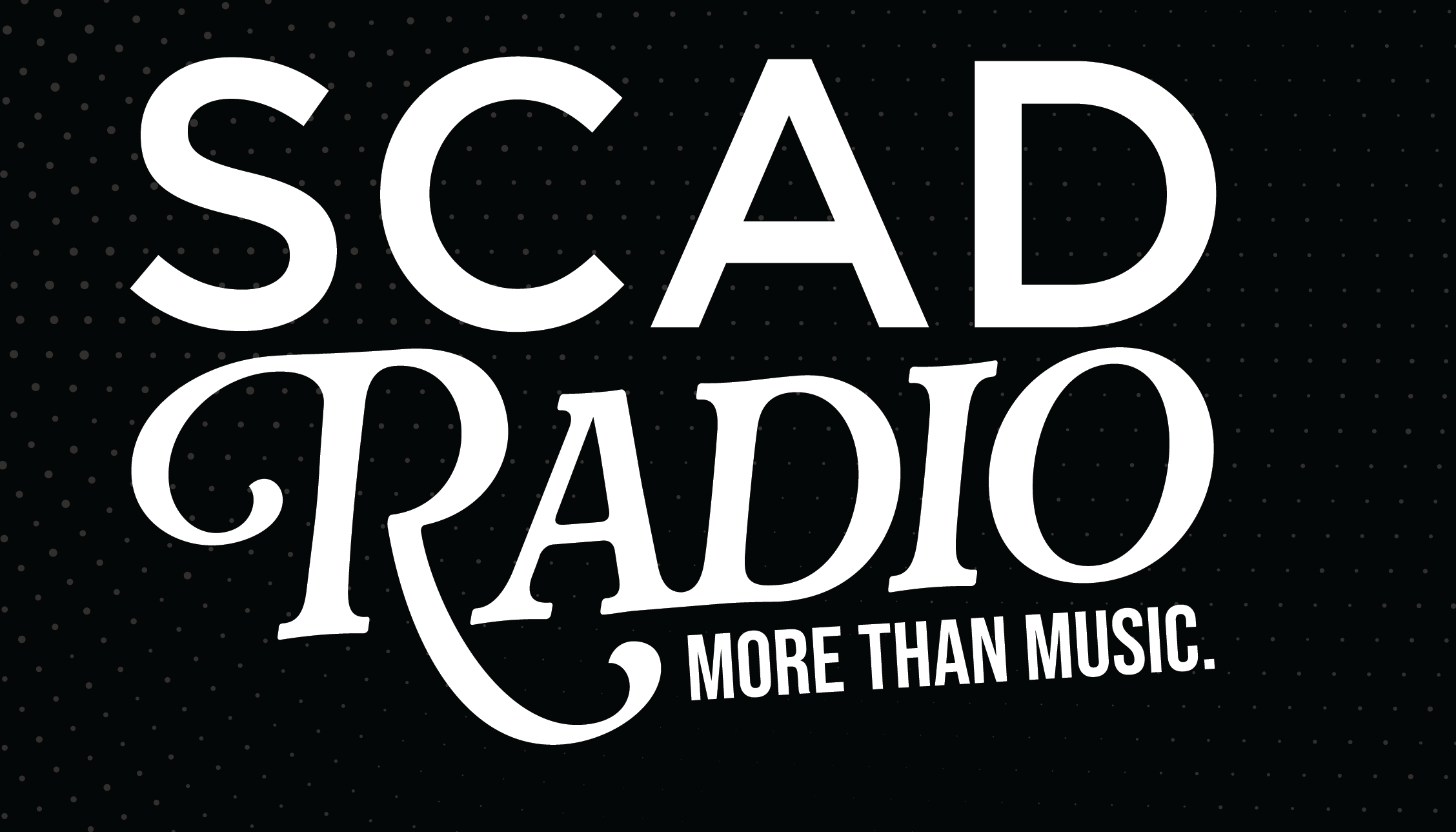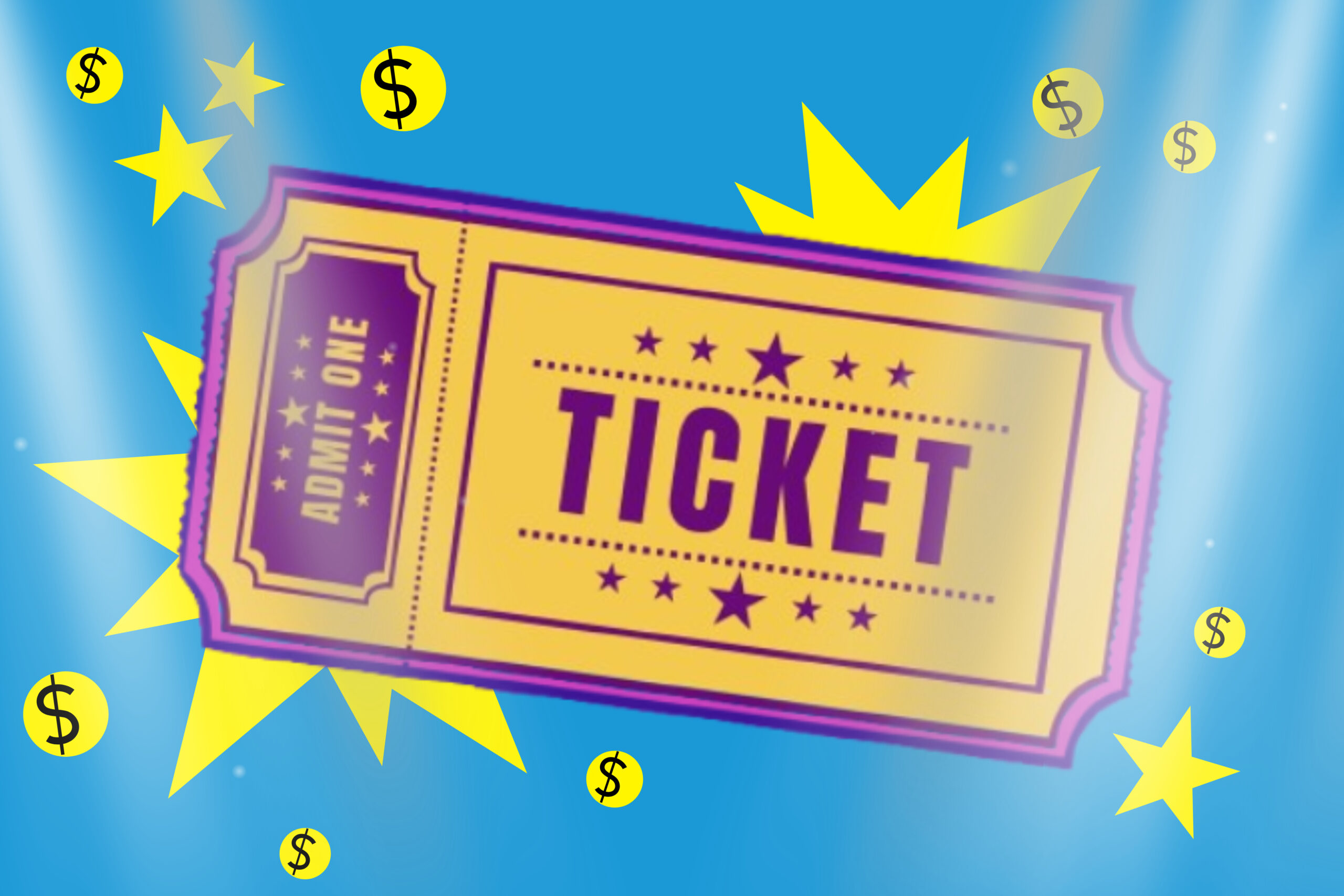Written by Lydia Wollard. Header courtesy of Allison McLeod (@allisonmcleod.art).
In the seventies, the Baby Boomers could see Led Zeppelin live in concert for $10. In the nineties, Generation X could see the Beastie Boys for 20. In 2023, many members of Generation Z paid up to $500 for nosebleed seats at Taylor Swift’s Eras Tour, and others paid thousands for a closer view. It is undeniable that the price of live music has grown out of proportion, with ticket prices reaching levels that far exceed the reach of the average fan. Some may see the cost rise as a necessary evil or passively accept it as the new normal, but the long-term effects of increasing concert expenses are more dire than many fans realize. Live music’s shift from an accessible cultural gathering to an exclusive experience reserved for the few who can afford it is disconnecting artists from their core audience and damaging the communal culture of live music.
Why is Live Music Important?
Since 800 B.C.E., humans have been performing and enjoying musical performance, and the tradition has taken many forms over the years. From organ accompaniment in church services to massive stadium tours with choreographed performances and pyrotechnics, live music has always played a vital role in cultural connection and experience. According to an article by The Music Studio, audiences and performers alike have much to gain from a live performance: For the audience, concerts can be a source of inspiration, motivation, and bonding with fellow fans and musicians. For generations, people have bragged about their experiences of seeing their favorite artists and bands live. There is nothing more special to a music fan than connecting with musicians and other fans through an outstanding performance that they all experienced in one place and time.
For performers, live gigs are a vital opportunity to push their careers forward. Not only can they earn the financial means to continue recording and performing, but they also have the chance to spread the popularity of their art and showcase their talents in person. The energy and excitement of performing live is also many artists’ favorite part of their career, and having the chance to make memories with their fans and fellow musicians is often the driving force of their work.
Why are Ticket Prices so High?
According to Statista, a data platform providing statistics across various industries and topics such as music and consumer behavior, admission prices for concerts grew by an astounding 67% between 2011 and 2024. Many catalysts are responsible for the surge in prices, but a significant portion is due to dynamic pricing. Dynamic pricing, a term coined in the 1920s, refers to the practice of raising prices in relation to a product’s demand. Dynamic pricing is a familiar concept to anyone who has purchased an airplane ticket or rideshare service, but the introduction of the dynamic pricing concept to concert prices, which were once fixed, has become highly controversial. In fact, Ticketmaster, the company responsible for 80% of ticket sales worldwide, is currently under investigation in the U.K. for the brutal effects of dynamic pricing during the reunion tour of Britpop band Oasis, according to CNBC. Likewise, Vox has reported that Live Nation Entertainment, a merger formed by Ticketmaster and major show promoter Live Nation, is facing a lawsuit by the U.S. government for antitrust violations and abusing its dominating position in the live entertainment market.
Are the Prices Worth it?
Thanks to the reintroduction of the you-only-live-once attitude since the unprecedented isolation of the COVID-19 pandemic, many people, especially from Gen Z, are more than willing to pay outrageous prices for concert tickets. According to Live Nation, research shows that live shows are consistently a top priority for discretionary spending, so despite the current economic recession and budget strains, many people are unwilling to give up live music due to rising ticket costs. Venues, artists, and companies such as Ticketmaster are well aware of the popularity of this dismissive attitude, so they are becoming increasingly more comfortable with pushing prices as high as they can go as long as fans continue shelling out the money. We must consider, though, that prices have already risen significantly out of budget for many fans. If prices continue to climb, the broader public’s enthusiasm for live performances may crumble, turning concerts into a luxury item that even fewer people can afford.
How is the Rise in Ticket Prices Affecting the Culture of Live Music?
Despite fans’ willingness to pay for overpriced concert admission, the rising exclusivity of the concert experience is becoming more threatening to the culture of live music than the ticket prices themselves. Not only can fewer fans afford to enjoy their favorite artists’ live performances, but the new approach to live performances as a luxury experience is undermining the spirit of concerts. The simple truth is that when admission prices are lower, people from various economic and cultural backgrounds can join one another in appreciation of art, which is a core element of our civilization. Thanks to the greed of artists, venues, and conglomerates like Live Nation Entertainment, fewer and fewer people have the opportunity to experience and participate in the powerful culture of live music.
For more from Lydia, tune into her radio show “Tun Den” from 3-5 p.m EST on scadradio.org or iTunes/iOS, RadioFX, or Android/Windows.




